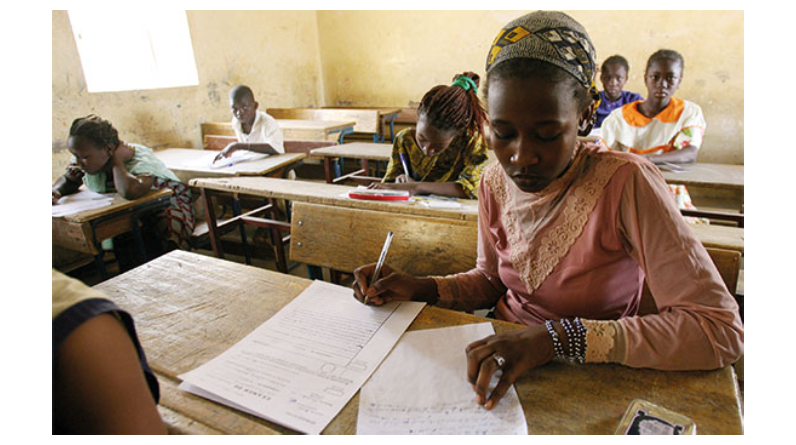Science and technology have the potential to turn the Sahara into a verdant field suitable for agricultural and industrial development.
The above quote by former Ghanaian president Kwame Nkrumah on the potential of science and technology rings as true today as it did when he made it in 1963. Climate change, food insecurity, inequality, and poverty are all threatening Africa’s development, but they can be overcome with the help of scientific and technological breakthroughs driven by a STEM-educated workforce. Furthermore, the one-fifth of the world’s population that is under the age of 25 and currently resides in sub-Saharan Africa will require STEM skills to drive economic transformation and competitiveness.
Skills in problem-solving, critical thinking, communication, teamwork, and technology are all fostered by exposure to STEM subjects. Because technological progress will fundamentally alter industries and eliminate roughly half of today’s jobs, young people need these skills to prepare for an uncertain future.
There are both dangers and possibilities in Africa’s STEM education landscape. Centers of excellence and promising pathways of policy and practise present an opportunity despite the limitations imposed by a lack of resources and personnel.
The regional STEM policy framework is the Science, Technology, and Innovation Strategy for Africa (STISA). Countries can get assistance with implementation from centres of excellence like the Centre for Mathematics, Science, and Technology Education in Africa (CEMASTEA). At least ten nations are currently attempting to implement a competency-based curriculum (CBC) that places an emphasis on STEAM (science, technology, engineering, and math) and TVET (technical and vocational education and training) (TVET). The CBC digital learning programme in Kenya, for instance, teaches students how to code and use computers.
However, a low quality of education is a significant barrier. However, more than half of children in primary school in sub-Saharan Africa were unable to read and understand a simple age-appropriate story before the COVID-19 pandemic made matters worse.
Also Read : Tell us about a change you made in your lifestyle that didn’t go as planned
Correcting the fundamentals is, therefore, an essential first step in enhancing STEM education. Incorporating cutting-edge findings from the science of learning and recent findings from neuroscience into teaching and learning can have a profound effect on students’ ability to acquire and apply fundamental skills.
The gains from a world where everyone has basic competencies are substantial as well. It would have a profound impact on developing nations by increasing global GDP by $700 trillion by the end of the century.
Inadequate facilities and less-than-ideal teacher classroom practises have been identified as the two biggest barriers to STEM education in recent research (ADEA and ACET 2022). If governments commit at least 20% of their GDP to education, then schools will have the resources they need to provide basic STEM and other facilities.
While STEM and computer labs do exist in the surveyed countries, only about half of them are actually in use. Second, the gender gap in STEM fields widens as students progress through school, in part because of a lack of female STEM educators. Only 5% of secondary school STEM educators in Ghana are women. As a result of these interrelated problems, fewer than 25% of college-aged students in sub-Saharan Africa major in STEM disciplines.
